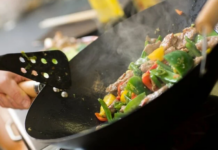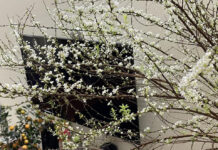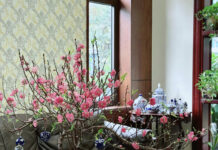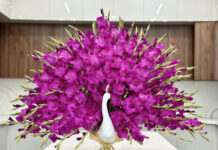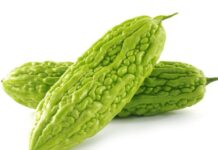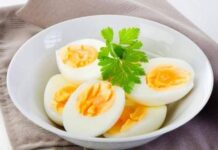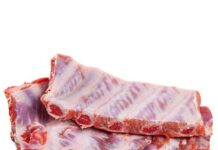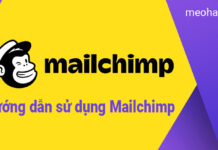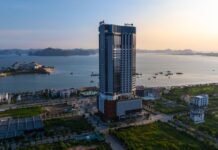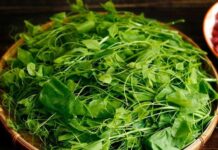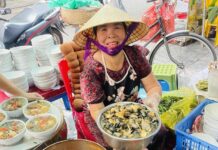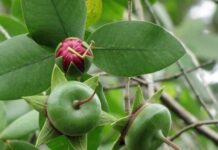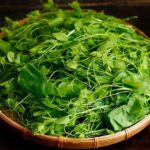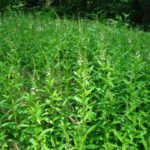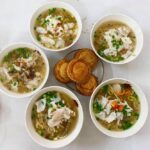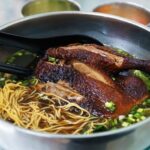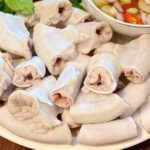
The water apple, a quintessential fruit of the Mekong Delta’s unique ecosystem, holds a special place in the hearts and meals of local families. Despite its modest price and unassuming appearance, it remains a cherished staple, deeply rooted in the region’s cultural identity. Its name, “bần,” reflects its humble origins, evoking images of a fruit intertwined with the labor-intensive lifestyle of the area. Folklore suggests the name stems from its association with poorer families, further cementing its status as a symbol of simplicity. In Vietnamese folk poetry, the water apple appears in the poignant line, “Like a drifting water apple, my fate flows…,” capturing the resilience and vulnerability of life in the riverine regions.
Characterized by its bright green skin, flattened round shape resembling a small cake, and a pointed tip, the water apple is most recognizable by its star-shaped calyx. Though unpretentious, the tree thrives in the floodplains, riverbanks, and mangrove areas of the Mekong Delta. Its exposed prop roots not only adapt to the muddy, waterlogged environment but also play a vital role in soil retention and erosion prevention, making it an ecological cornerstone.
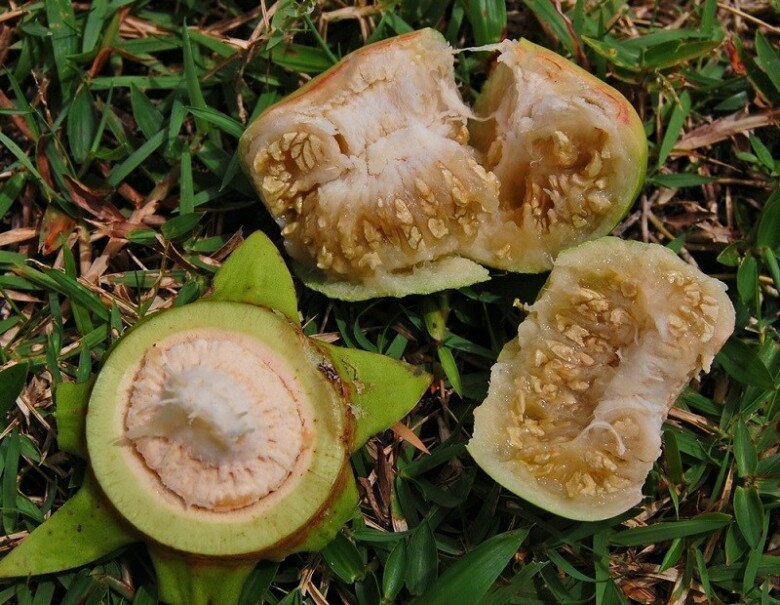
Two primary varieties exist: the sour water apple (or “bần sẻ”) and the guava water apple. The former, prevalent in mangrove floodplains, boasts a crisp texture and a tangy, slightly astringent flavor, often featured in traditional dishes like sour fish soup, braised fish, or mashed with chili salt. The latter, more common in shallower riverbanks, has fewer prop roots and offers a mild sweetness and nuttiness, typically enjoyed fresh with fermented fish sauce or chili salt. Distinguishing between the two is straightforward: the sour variety has rough bark and elongated leaves, while the guava type has smooth, peeling bark akin to guava trees, and its calyx clings tightly to the stem.
In Mekong Delta cuisine, the water apple is a versatile ingredient, starring in dishes from braised fish and sour soup to salads and jams. These recipes, though simple, evoke a sense of nostalgia, often described as “tasting like childhood” for locals. For visitors, it offers a unique culinary experience, blending familiarity with the exotic flavors of the region.

A fascinating tale recounts that during Lord Nguyễn Ánh’s refuge in the Mekong Delta, he was served sour water apples with fermented fish sauce. Captivated by its distinct flavor, he dubbed it “thủy liễu” (water willow). Despite this poetic rename, the original name “bần” endured, becoming a beloved emblem of the region’s identity.
Summer marks the peak harvest season for water apples in the Mekong Delta. Locals gather the fruit for both home cooking and sale in local markets. While the guava variety fetches a slightly higher price, both remain affordable. Harvesting, preparing, and cooking water apples not only sustains daily meals but also preserves culinary traditions. Many families make water apple jam, sharing it with guests or sending it as gifts to loved ones afar. Wrapped in banana leaves, these packages carry the essence of home, embodying the warmth and pride of the Mekong Delta.
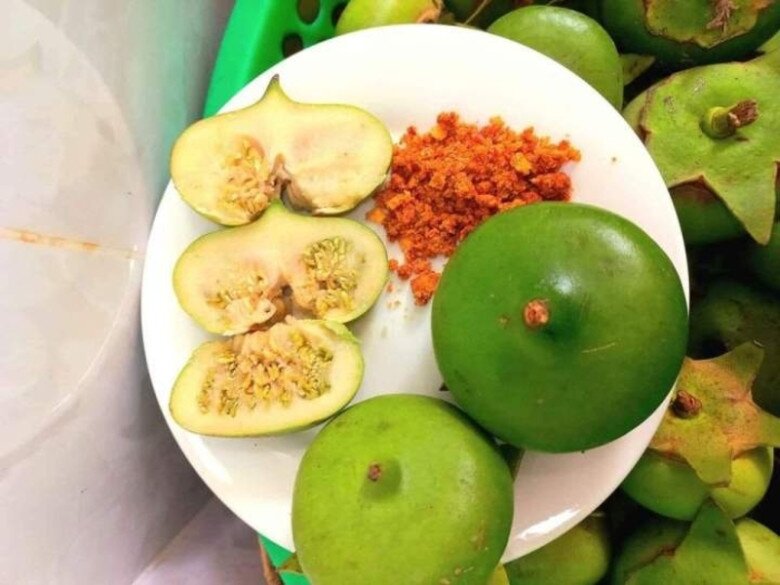
Beyond its culinary value, the water apple is deeply intertwined with the cultural and spiritual life of the community. The tree’s prop roots, firmly anchoring it to the floodplains, symbolize the resilience and tenacity of the delta’s inhabitants. The fruit enriches the region’s distinct culinary identity, supports the riverine ecosystem, and preserves memories across generations.
For travelers, savoring a water apple is more than a taste experience—it’s a gateway to understanding the delta’s way of life. The interplay of tartness, nuttiness, and saltiness in a single bite encapsulates the essence of nature, labor, and local culture. Thus, a visit to the Mekong Delta without trying this fruit would leave a culinary journey incomplete.
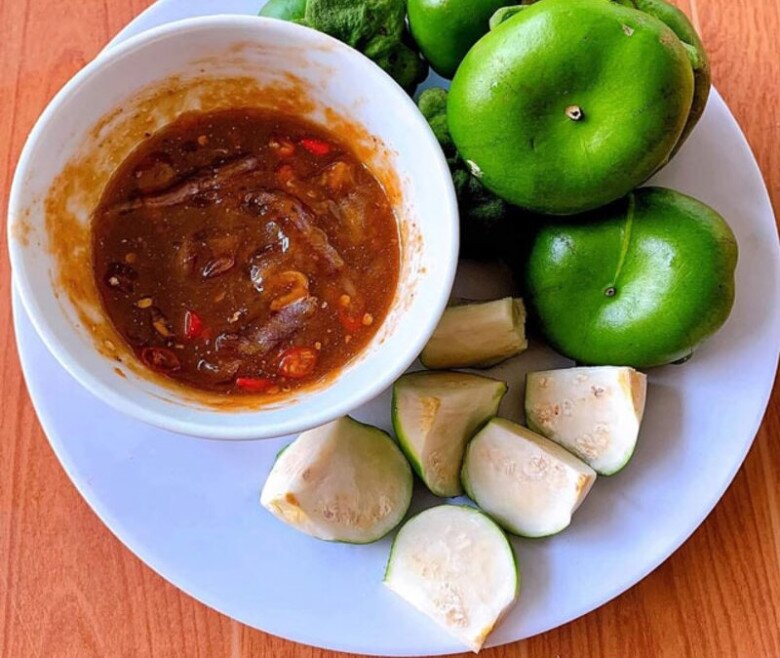
Today, despite the influx of new specialties and the diversification of Mekong Delta cuisine, the water apple retains its cherished status among locals and visitors alike. This humble fruit continues to grace local markets, rustic dishes, and timeless stories. More than just a natural bounty, it symbolizes the region’s richness, the essence of its riverine culture, and the pride of its people. To experience the water apple is to delve into the heart of the Mekong Delta’s culinary heritage, where every dish tells a story, preserves a memory, and reflects a way of life passed down through generations.







